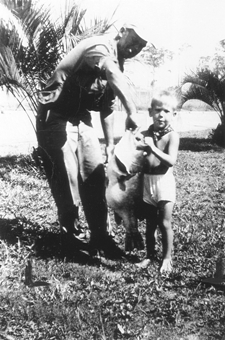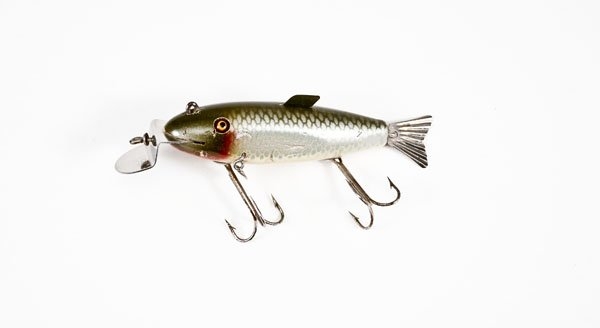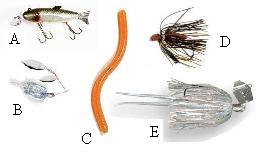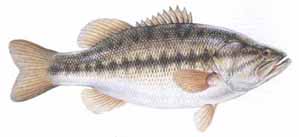

Largemouth Bass
The Large Mouthed Bass - Except for us humans, adult largemouth bass are the top predators in the aquatic ecosystem where they are naturally found. One thing you can be sure of is if you hook one you are in for fun, mainly due to the excitement of their fight they will often become airborne in their effort to throw the hook Scientific name - Micropterus salmoides Life Span - 16 years Maximum Weight - 10Kg (22 lbs) Maximum Length - Season - Natural Diet - The young feed primarily on zooplankton and insect larvae. Distribution - Largemouth bass were originally distributed throughout most of what is now the United States east of the Rockies. In the UK and Ireland there were reports of waters being stocked in the 1940's/50's, usually they were close to USAF bases. It is believed that none of these stocks
have survived, this is probably due to the water temperature in the UK being too low. 
Did you knowThe world record for a large mouth bass has stood since 1932 - the record fish weighed in at 22lb 4oz and was caught on a Creek Chub Fintail Shiner by George W. Perry in Telfair County, Ga. 
Where are they hiding outLargemouth bass seek protective cover such as logs, rock ledges, vegetation, and man-made structures. They prefer clear quiet water, but will survive quite well in a variety of habitats How to catch them
The most common baits used in the the pursuit of bass are lures such as crankbaits (A), spinnerbaits (B), plastic worms (C), and jigs (D), also a recent development in the hunt for bass is the use of clatterbaits (E). Also recently the use of large swimbaits was been adopted in the pursuit of trophy bass that will often Scavenge for juvenile fish. Live bait, such as night crawlers, minnows, frogs or crawfish, can also be productive. In fact, Largemouth bass are known to take any bait it considers alive What tackle to useAlthough the first things you need are the rod, reel and line, you can't buy these until you know something about the fishing you are going to do.
You have to address these issues before running off and spending your money only to find the equipment you got is not suitable for the fishing you are wanting to do. The RodWhen you have worked out the fishing conditions and method you are going to try the first thing to get is the rod, these are many and varied. Rods are made out of 3 composites - fibreglass, graphite, and boron. They come with different action or power. If your chosen method in spinning on open clear water then you will get away with a fibreglass rod with a light action.If the water you are fishing is weedy or has obstacles, or if you are going to be bait fishing then you will be better off with a graphite or boron rod with a heavy action, NOTE - before you fork out big bucks for a boron rod make sure fishing is for you. The ReelThe reel maybe easier to pick than the rod but you can still get it wrong. There are 2 different types - spinning or bait, but even these are not straight forward, with the spinner you can have open or closed face. If you are only going to spin and are not sure of the techniques for reeling in or playing the fish I would suggest you get a spincast reel as there is less chance of getting the line in a tangle. The baitcast reel is a heavier reel and is open faced. You want to get a good reel so follow these points and try to get a reel with most if not all of these features.
The lineIf you are going spinning you will need line with a breaking strain up to 5Kg (10Lb) and 100m (110 Yards) of line will be enough to cover most conditions. If you are going bait fishing you will need line with a breaking of at least 6Kg (12lb). Note if you bought a bait reel with 2 spools you can set one up for spinning and one for baiting. A Top TipThis tip works in the heat of summer time and also in the cold of winter when the bass are sluggish, try fishing with a large golden shiner, these are one of the best things to use to catch trophy bass. Find What You Were Looking For?I am sorry to hear that - Please use the search below to look for information on Largemouth Bass again. Note this will open a new browser window.
Custom Search
Back to Largemouth Bass Top Back to Fish Back to Home |























